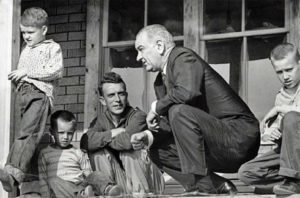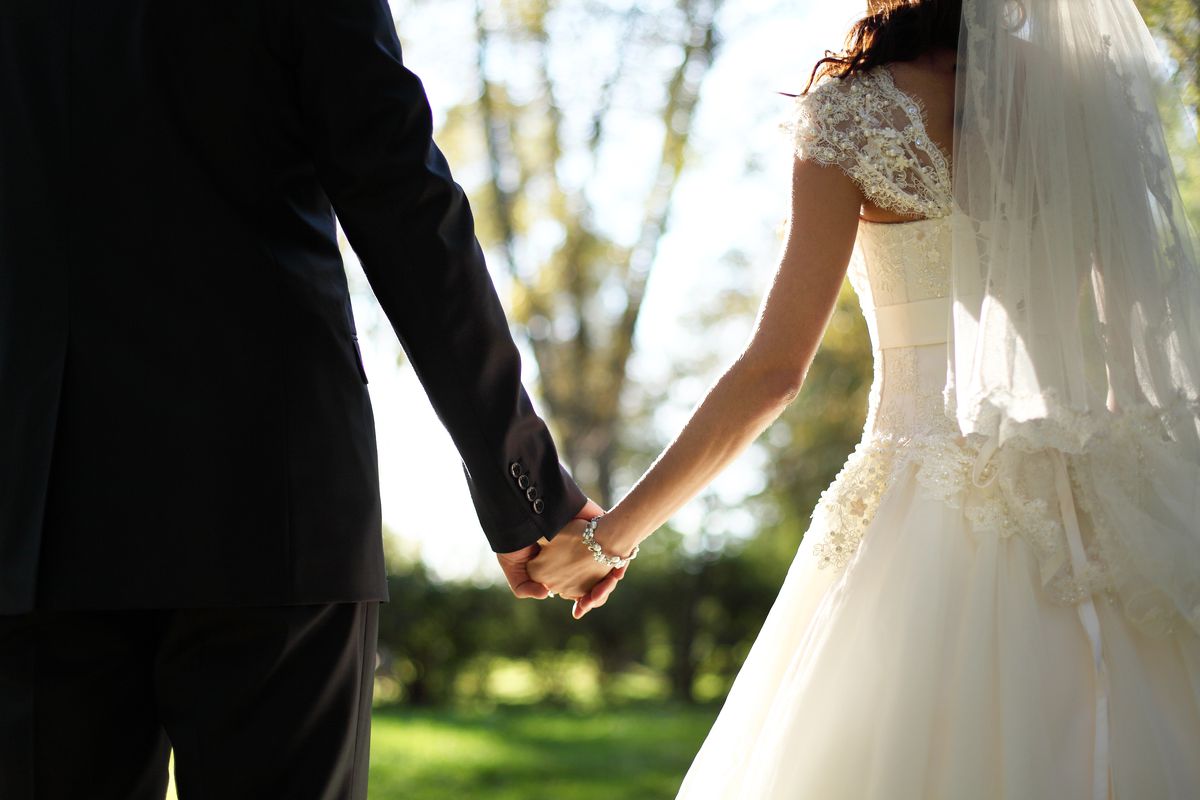*Previously recorded by Phyllis Schlafly // December 1, 2011*
The institution of marriage as the union of one man and one woman has been fundamental to America ever since the founding of our nation. The famous French commentator Alexis de Toqueville wrote in the mid-19th century: “There is no country in the world where the tie of marriage is more respected than in America.”

Beginning with President Lyndon Johnson’s War on Poverty, this vast expansion of government handouts channeled all welfare money through mothers, making the husband and father irrelevant, even an impediment, to the family’s economic well being.
Not only have our laws specifically recognized marriage as the union of one man and one woman, but many laws legislate special benefits. The Government Accountability Office identified more than 1,000 federal laws that are based on the traditional definition of marriage, including the tax laws that permit married couples to file joint income tax returns and Social Security benefits awarded to fulltime homemakers (identified as dependent spouses).
The feminist movement started its attack on traditional marriage with Betty Friedan’s 1963 book, which urged wives to leave their homes to join the workforce, and become independent of men. That was called “women’s liberation.” A traditional-couple sitcom of the 1950s, called “Ozzie and Harriet,” became an epithet, and political correctness required us to speak of different kinds of “families” instead of the “family.” Wikipedia now considers the traditional family a relic of the 1950s and defines it as “usually considered conservative or reactionary by its critics who argue that it is limited, outmoded and unproductive in modem Western society.”
Beginning with President Lyndon Johnson’s War on Poverty, this vast expansion of government handouts channeled all welfare money through mothers, making the husband and father irrelevant, even an impediment, to the family’s economic well being. It should come as no surprise that this discouraged marriage and promoted illegitimacy because, as Ronald Reagan said, if you subsidize something you’ll get more of it.






